Two Bacillus strains isolated from seawater in Korea show antimicrobial activity against Vibrio strains in shrimp
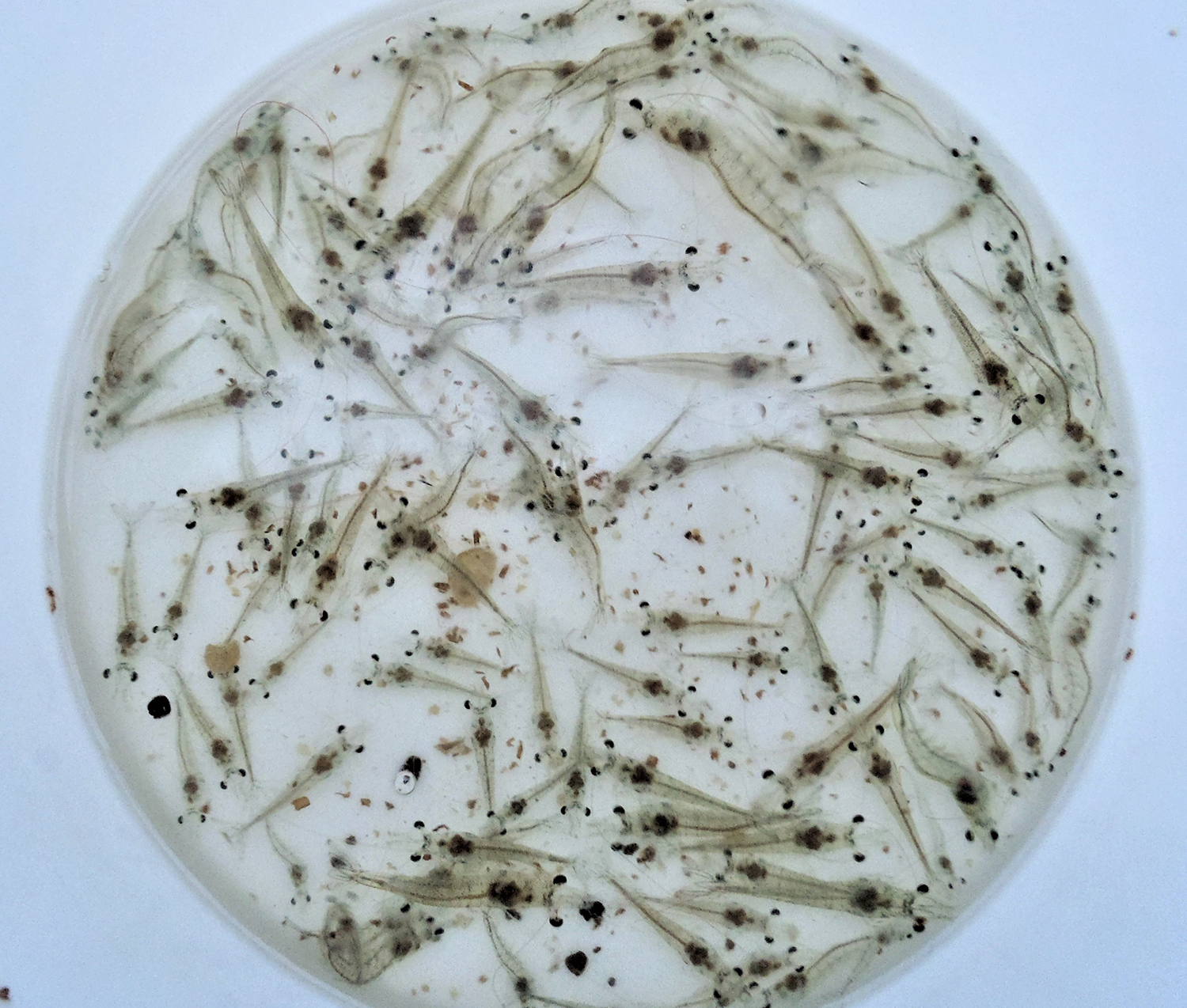
Acute Hepatopancreatic Necrosis Disease (AHPND) is a bacterial disease caused by Vibrio spp. carrying specific toxin genes. AHPND affects the digestive tract of shrimp and the tubular cells of the hepatopancreas, disturbing digestion and resulting in mass mortality. V. parahaemolyticus is primarily associated with AHPND (VpAHPND), but other Vibrio species that carry binary toxin genes, including V. campbellii (VcAHPND), V. owensii (VoAHPND), and V. harveyi (VhAHPND), have been reported recently. AHPND was first reported in China (2009), and it spread to several countries, including Vietnam (2010), Malaysia (2011), Thailand (2012), Mexico (2013), the Philippines (2015), the USA (2019) and South Korea (2020). This disease is known to cause very significant economic losses to the shrimp aquaculture industry, estimated to exceed 1 billion dollars per year in Asia.
As antibiotic alternatives, probiotics have been frequently used in aquaculture to control bacterial diseases, especially against pathogenic Vibrio infections and AHPND. Researchers previously reported that shrimp treated with Bacillus probiotics in the form of dietary supplements showed a higher survival rate following challenge with VpAHPND. In addition to their antimicrobial activity, probiotics have various advantages in aquaculture such as promoting growth, strengthening immunity and restoring water quality. Meanwhile, spore-forming Bacillus spp. are resistant to heat and pressure and are widely used as feed additives.
Although V. parahaemolyticus is the cause of most cases of AHPND, other Vibrio spp. – such as V. campbellii, V. harveyi and V. owensii – are also known to cause this disease in fields, thereby resulting in substantial economic losses on farms. However, preventative methods and studies on AHPND have mainly focused on VpAHPND, and the antimicrobial activity against VcAHPND, VhAHPND and VoAHPND has been poorly studied.
This article – summarized from the original publication (Jeon, H.J. et al. 2022. Antibacterial Activity of Bacillus Strains against Acute Hepatopancreatic Necrosis Disease-Causing Vibrio campbellii in Pacific White Leg Shrimp. Fishes 2022, 7(5), 287) – presents the results of research evaluating the antimicrobial activity of five Bacillus strains isolated from seawater in Jeju, South Korea against 12 Vibrio strains (10 AHPND strains and 2 non-AHPND strains).
Study setup
Bacillus strains that showed the strongest inhibitory effects in the dot-spot test were further subjected to the challenge test. Pacific white shrimp (Litopenaeus vannamei) postlarvae (PL15–PL16) were purchased from a local shrimp farm (Jeju Province, South Korea) and transported to the Laboratory of Aquatic Biomedicine, College of Veterinary Medicine, Kyungpook National University in South Korea. Shrimp were acclimated for 35 days to the experimental conditions and facilities. Then, the animals (average weight 0.2 ± 0.05 grams) were randomly distributed into 22-liter aerated seawater tanks.
For the antimicrobial activity test (challenge test), experimental shrimp (N = 56) were divided into four groups with duplicates. In group 1, the experimental shrimp (N = 14) were exposed to a suspension of Bacillus (B1) for 14 days via immersion at a concentration of 1.0 × 106 CFU/mL water. Then, the shrimp were challenged with a VcAHPND suspension via immersion at a concentration of 2.0 × 106 CFU/mL water. In group 2, the experimental shrimp (N = 14) were exposed to a Bacillus (B3) suspension for 14 days via immersion at a concentration of 1.0 × 106 CFU/mL water. Then, the shrimp were challenged with a VcAHPND suspension via immersion at a concentration of 2.0 × 106 CFU/mL water. In group 3, the experimental shrimp (N = 14) were exposed to the same amount of fresh broth (TSB+) without Bacillus strains (B1 and B3) for 14 days via immersion. Then, they were challenged with a VcAHPND suspension via immersion at a concentration of 2.0 × 106 CFU/mL water. In group 4, the experimental shrimp (N = 14) were exposed to the same amount of fresh broth (TSB+) without Bacillus for 14 days, and then they were not challenged with VcAHPND.
To confirm the presence of AHPND, dead shrimp were collected and tested using a PCR method previously described by other authors. To quantify AHPND, surviving shrimp were randomly sampled on the day of termination (day 14). The hepatopancreas of each shrimp was collected and tissue used for DNA extraction. Using the extracted DNA, quantitative PCR was performed to quantify a AHPND toxin gene (pirA) in the hepatopancreas in the groups.
For detailed information on the experimental design and animal husbandry; isolation of Bacillus spp., Vibrio spp. antimicrobial activity and other tests; and statistical analyses, refer to the original publication.
Effects of Bacillus velezensis dietary supplementation on growth and health of Pacific white shrimp
Results and discussion
In this study, we evaluated the antimicrobial activity of five Bacillus isolates against 12 shrimp Vibrio strains (10 AHPND Vibrio strains [9 V. parahaemolyticus and 1 V. campbellii] and 2 non-AHPND Vibrio strains [one V. parahaemolyticus and one V. harveyi]). Bacillus spp. are usually isolated from soil, fermented soybean paste (cheonggukjang), plants, and pond water, and are incubated at 30–37 degrees-C. The Bacillus strains described in this study were isolated from seawater and were found to grow well at 28–37 degrees-C. Additionally, all Bacillus strains exhibited growth in both TSA and TSA+ (supplemented with 2 percent NaCl), indicating that these strains could be applied to water with wide ranges of salinity.
In the dot-spot test, B1, B3, B5, B7 and B8 exerted inhibitory effects on at least one of tested Vibrio strain. In addition, these strains showed inhibitory effects against isolates from both South Korea and several other countries (Mexico and other countries in Latin America, Vietnam, Thailand and the USA). This indicates that the Bacillus strains used in this study can be used globally in various shrimp-farming countries to control AHPND. Improved management of AHPND, a disease that results in extensive mortality in shrimp, could increase shrimp production and decrease economic losses in shrimp farming.
In the challenge test, the B1 treatment group (100 percent) exhibited a significantly higher survival rate than the non-Bacillus treatment group (64.3 percent) at 60 h. In a previous study, VcAHPND was highly pathogenic to shrimp, similar to , VcAHPND, and the cumulative mortality in shrimp was as high as 100 percent within two days of VcAHPND laboratory infection. In this study, two Bacillus strains (B1 and B3) displayed prominent antimicrobial effects within two to three days (48 to 60 hours) of VcAHPND infection compared with the findings in the positive control group (VcAHPND immersion without B1 and B3 treatment); thus, both strains are expected to emerge as alternatives to antibiotics for controlling VcAHPND.
Moreover, based on results among the live shrimp collected on the day of experiment termination, the two Bacillus strains identified in this study exhibited antimicrobial activity against pathogenic VcAHPND. Additionally, the histopathology of the hepatopancreas was examined after exposure to Bacillus spp. for 14 days in our preliminary study. The structure of the hepatopancreas was found to be similar between the Bacillus treatment groups and the control group (not exposed to Vc, VcAHPND and Bacillus), indicating that Bacillus strains are harmless to shrimp.
Moringa leaf extract can boost Pacific white shrimp immune responses
The two strains (B1 and B3), which showed antimicrobial activity using the dot-spot test (in vitro) and challenge test, were finally classified as B. velezensis based on their whole genome-based phylogeny. Several studies have examined the probiotic effects of B. velezensis in various organisms. Other studies described the antibacterial activity of B. velezensis against V. parahaemolyticus isolated from shrimp and V. anguillarum isolated from sea bass. These results suggest that the newly isolated B1 and B3 strains will have additional advantageous characteristics in terms of their potential use in the aquaculture industry.
Based on our study results, further studies are warranted regarding the predicted presence of surfactin [a surfactant and powerful antibiotic] in the isolates because of its relatively low similarity with previously reported compounds. Moreover, the potential presence of other compounds that have been associated with the antifungal activity of some Bacillus strains may contribute to the potential usability of the Bacillus strains identified in this study.
Perspectives
Overall, our study results showed that two Bacillus strains isolated from seawater in Korea have antimicrobial activity against Vibrio strains in shrimp using dot-spot and challenge tests, and secondary metabolites derived from the B1 and B3 strains were more numerous than those previously reported for Bacillus spp., indicating that both strains can be used as potential candidates for the management of Vibriosis and AHPND, including VcAHPND, in shrimp aquaculture.
Now that you've reached the end of the article ...
… please consider supporting GSA’s mission to advance responsible seafood practices through education, advocacy and third-party assurances. The Advocate aims to document the evolution of responsible seafood practices and share the expansive knowledge of our vast network of contributors.
By becoming a Global Seafood Alliance member, you’re ensuring that all of the pre-competitive work we do through member benefits, resources and events can continue. Individual membership costs just $50 a year.
Not a GSA member? Join us.
Author
-
Dr. Jae Hak Park
Corresponding author
Department of Laboratory Animal Medicine, College of Veterinary Medicine and Research Institute for Veterinary Science, Seoul National University, Seoul 08826, Korea[114,107,46,99,97,46,117,110,115,64,107,97,104,106,112]
Related Posts
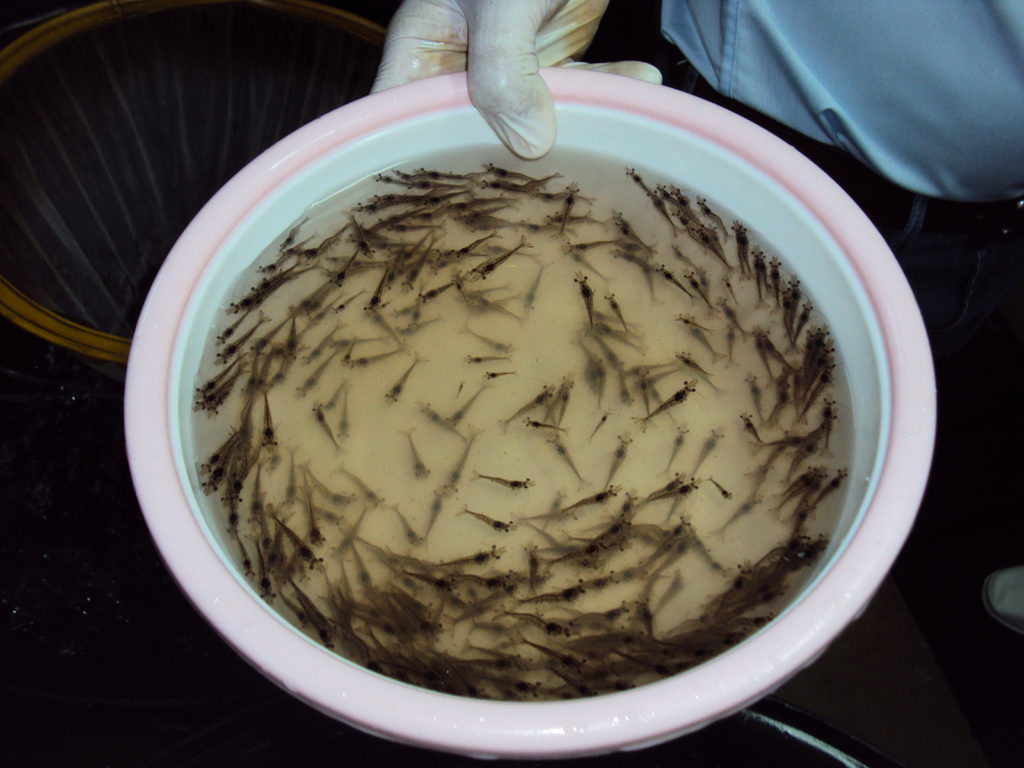
Health & Welfare
Assessment of supplemental Bacillus probiotics in whiteleg shrimp juveniles
Results of a feeding study supplementing probiotics in the diet showed that when the Bacillus species were complemented in an appropriate concentration into feeds, the growth and feed efficiency of whiteleg shrimp could be improved.
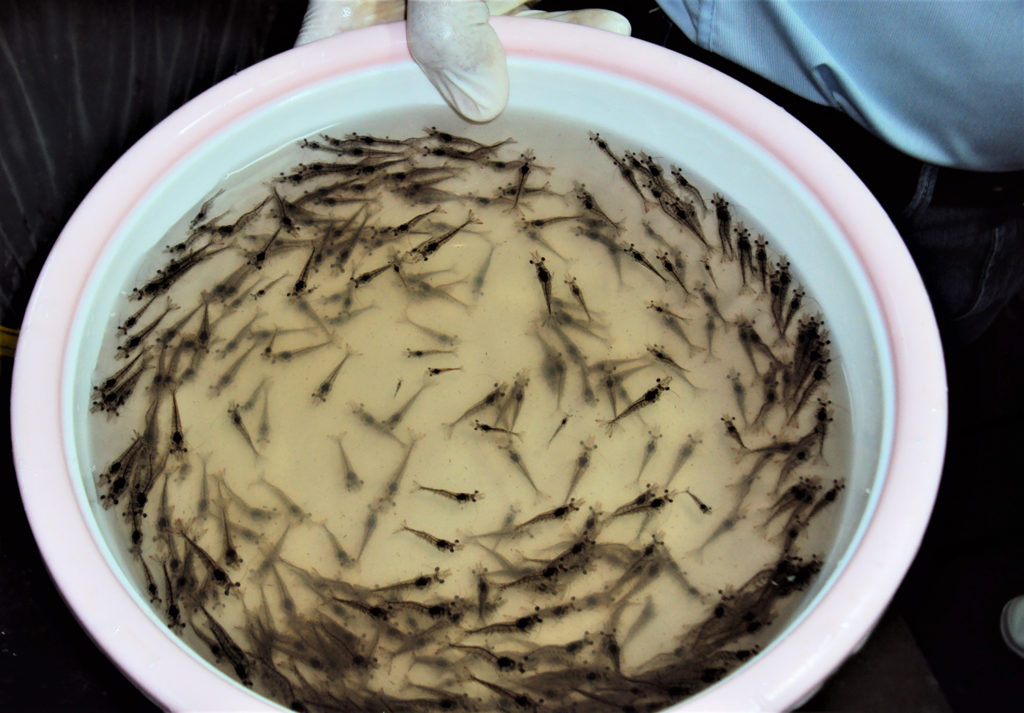
Health & Welfare
Study of co-infection of WSSV and <I>Vibrio parahaemolyticus</I>
In this study, co-infection of white spot syndrome virus and AHPND-Vibrio parahaemolyticus was studied in juvenile vannamei shrimp under laboratory conditions.
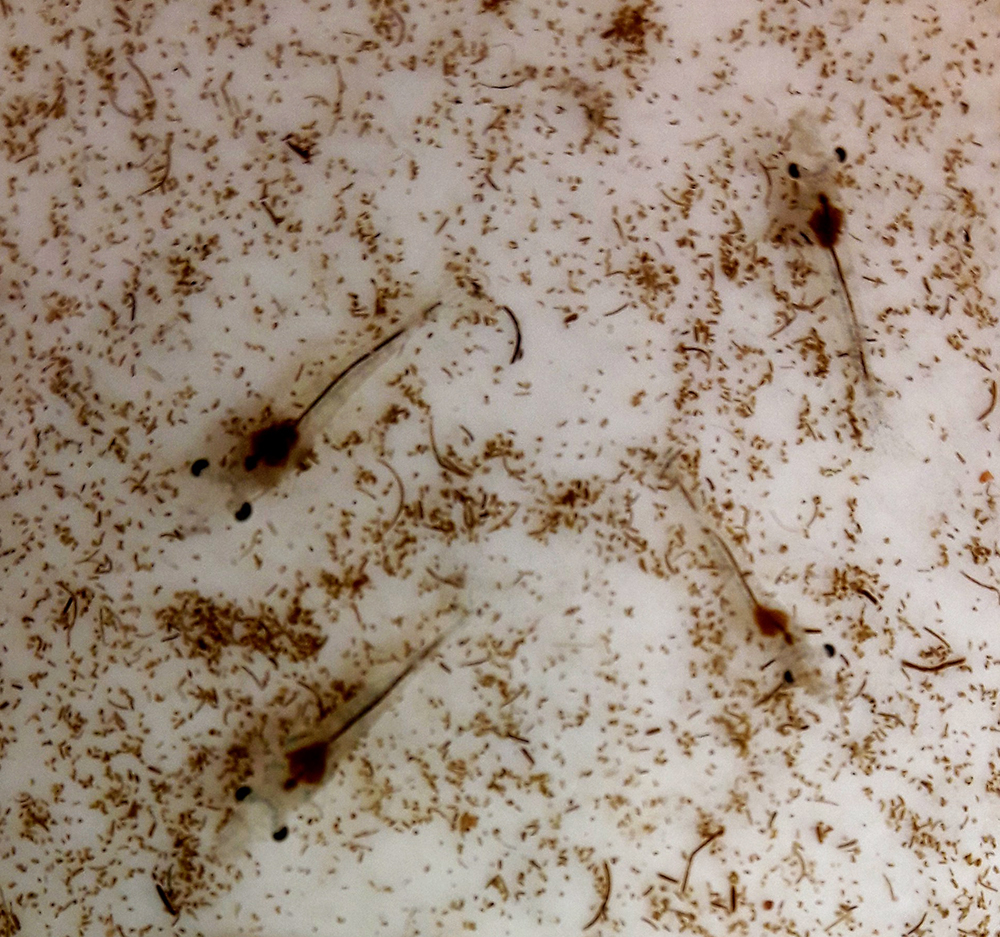
Health & Welfare
Clinical case report: EMS/AHPND outbreak in Latin America
Behind the successful control of Early Mortality Syndrome (EMS), or Acute Hepatopancreatic Necrosis Disease (AHPND), in a Latin American shrimp nursery.
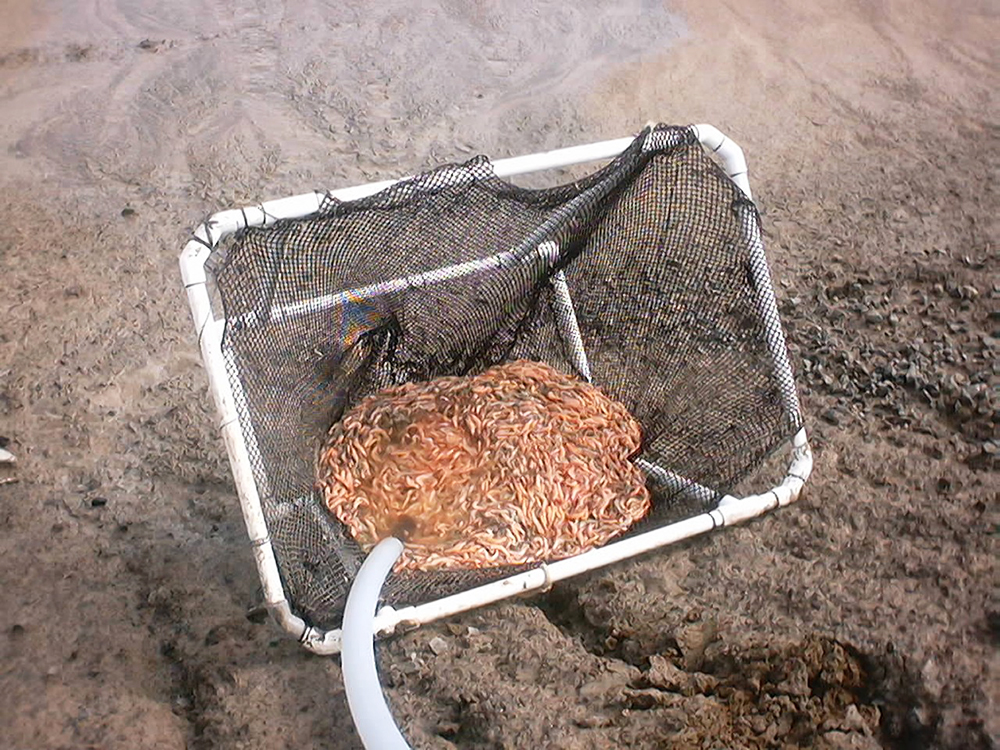
Aquafeeds
Biosecurity protocols needed for shrimp feeds, feeding practices
Shrimp aquafeeds – live, fresh or formulated – should not be an entry point of potential pathogens to the shrimp and/or to their culture systems.



